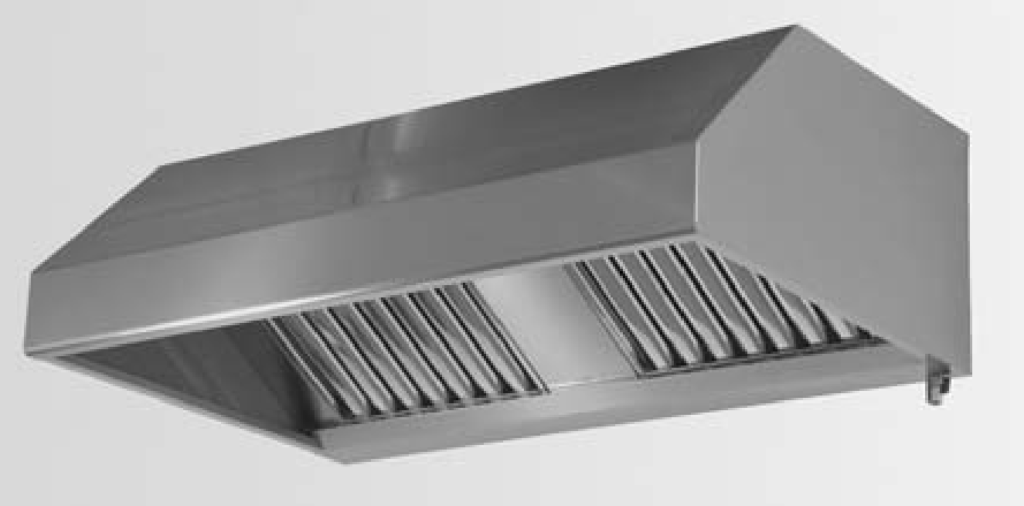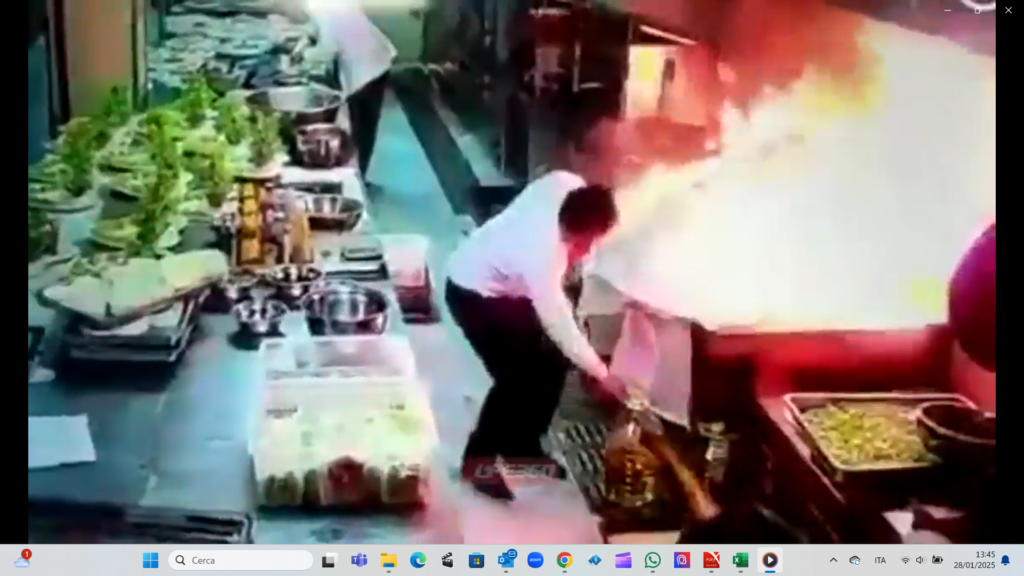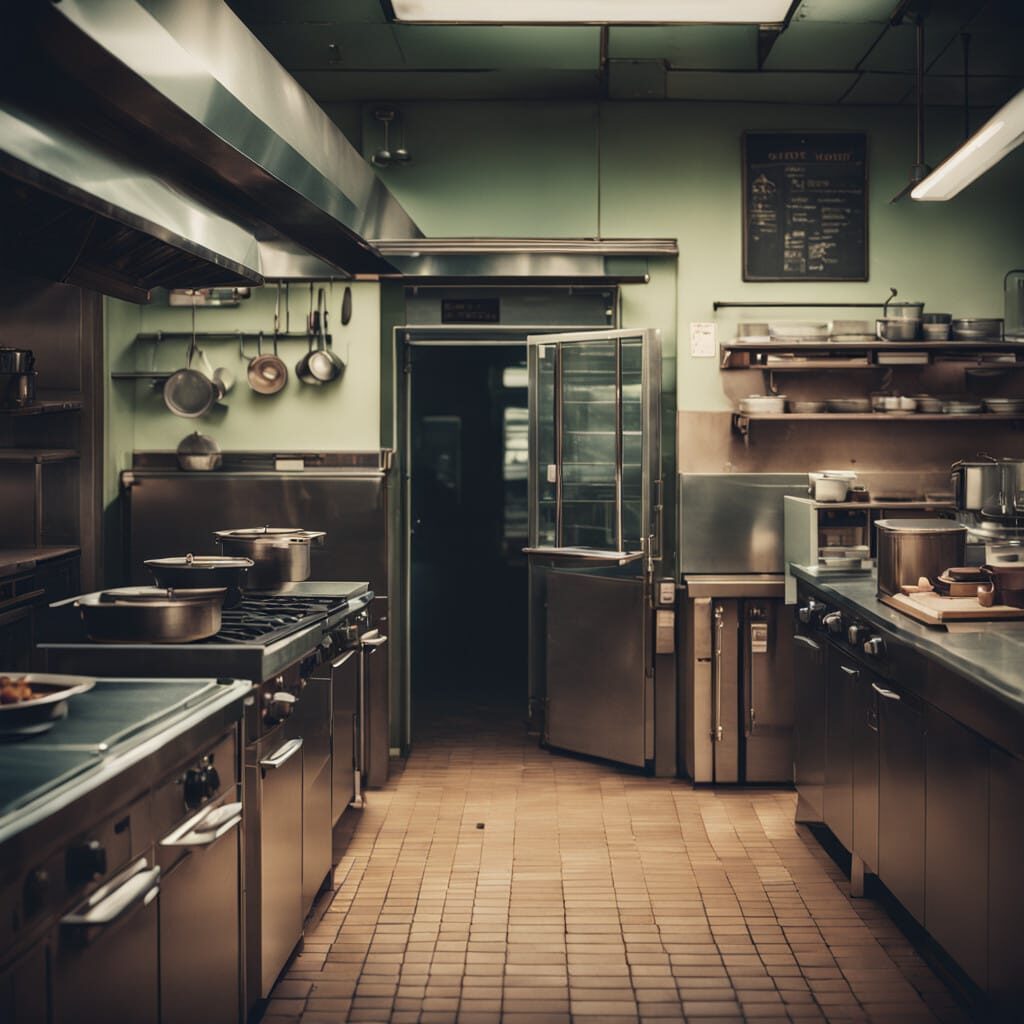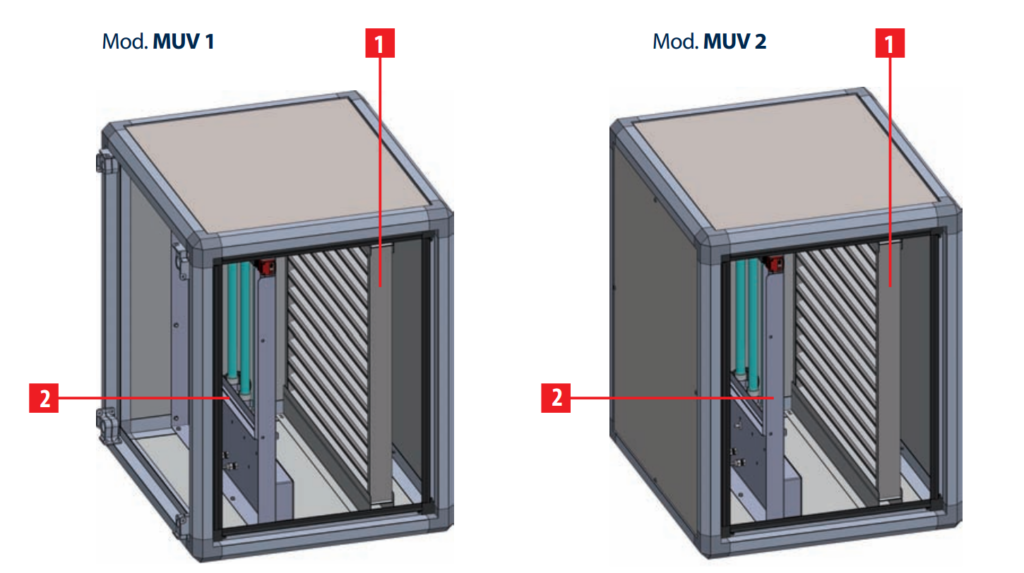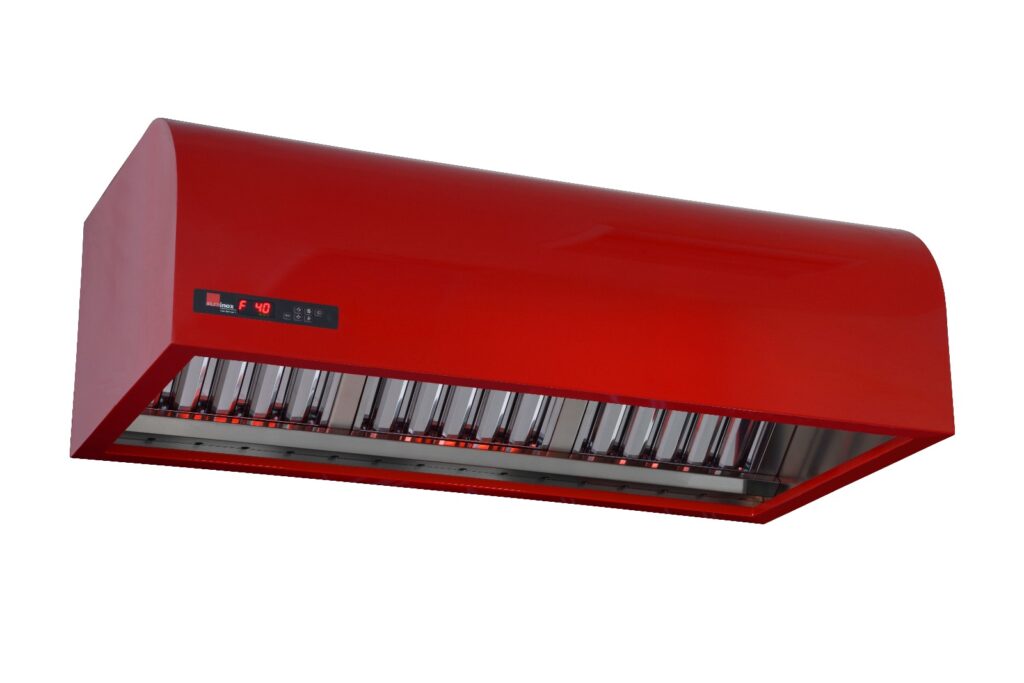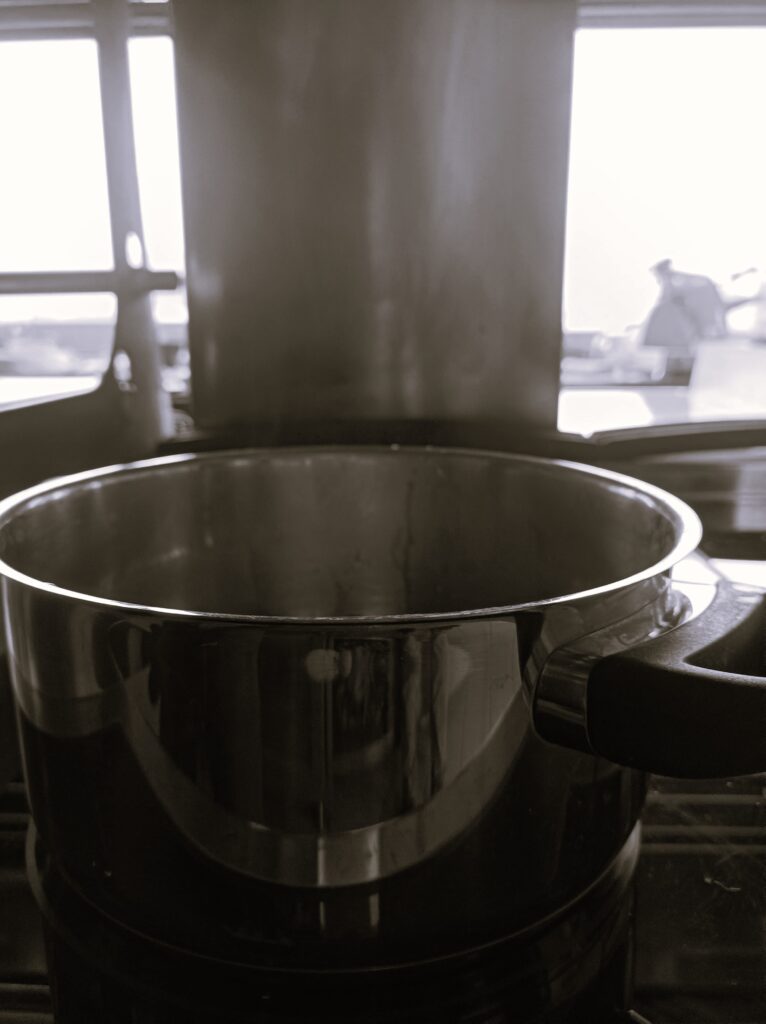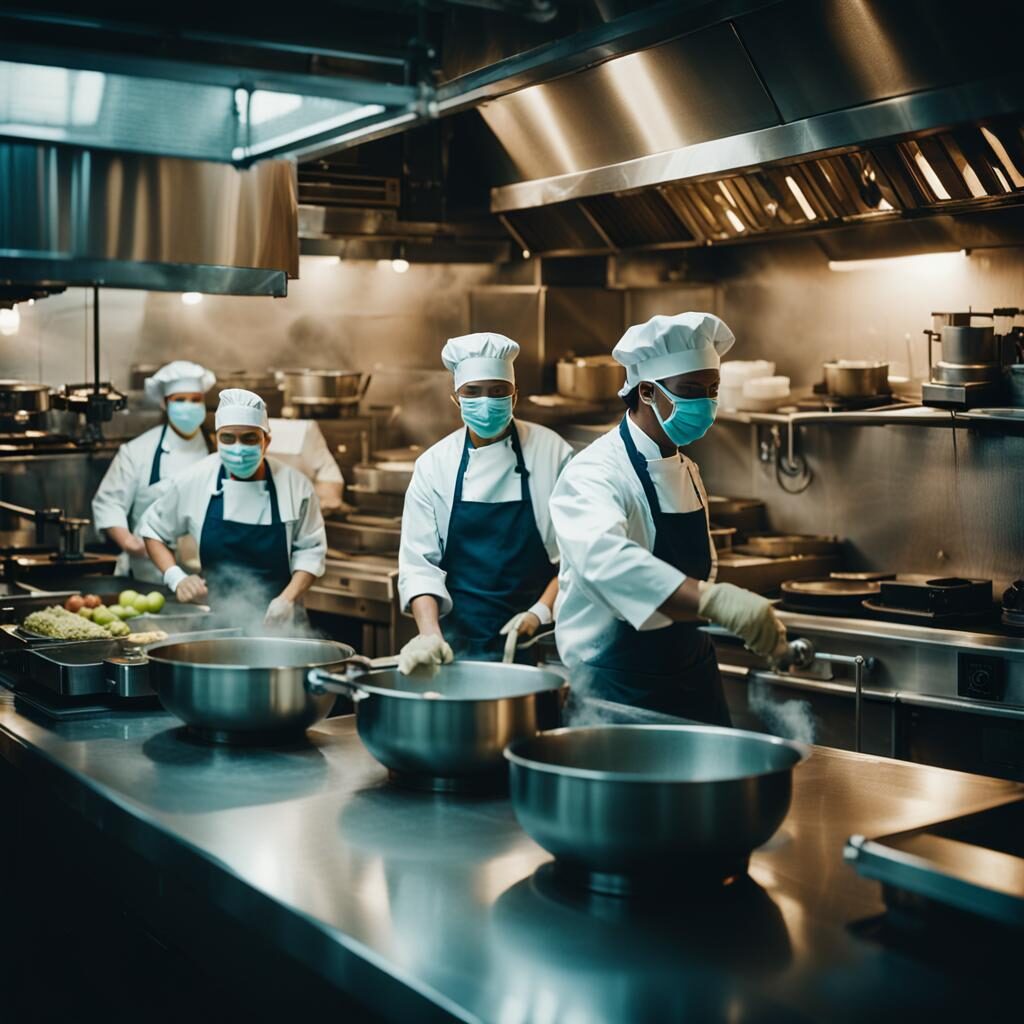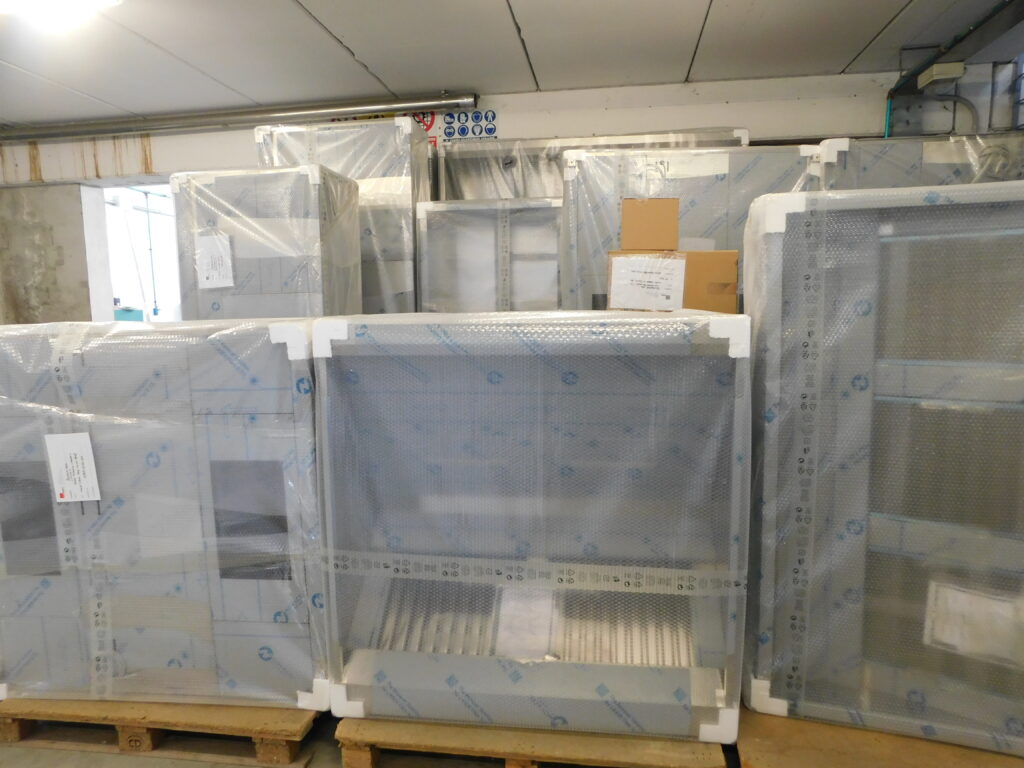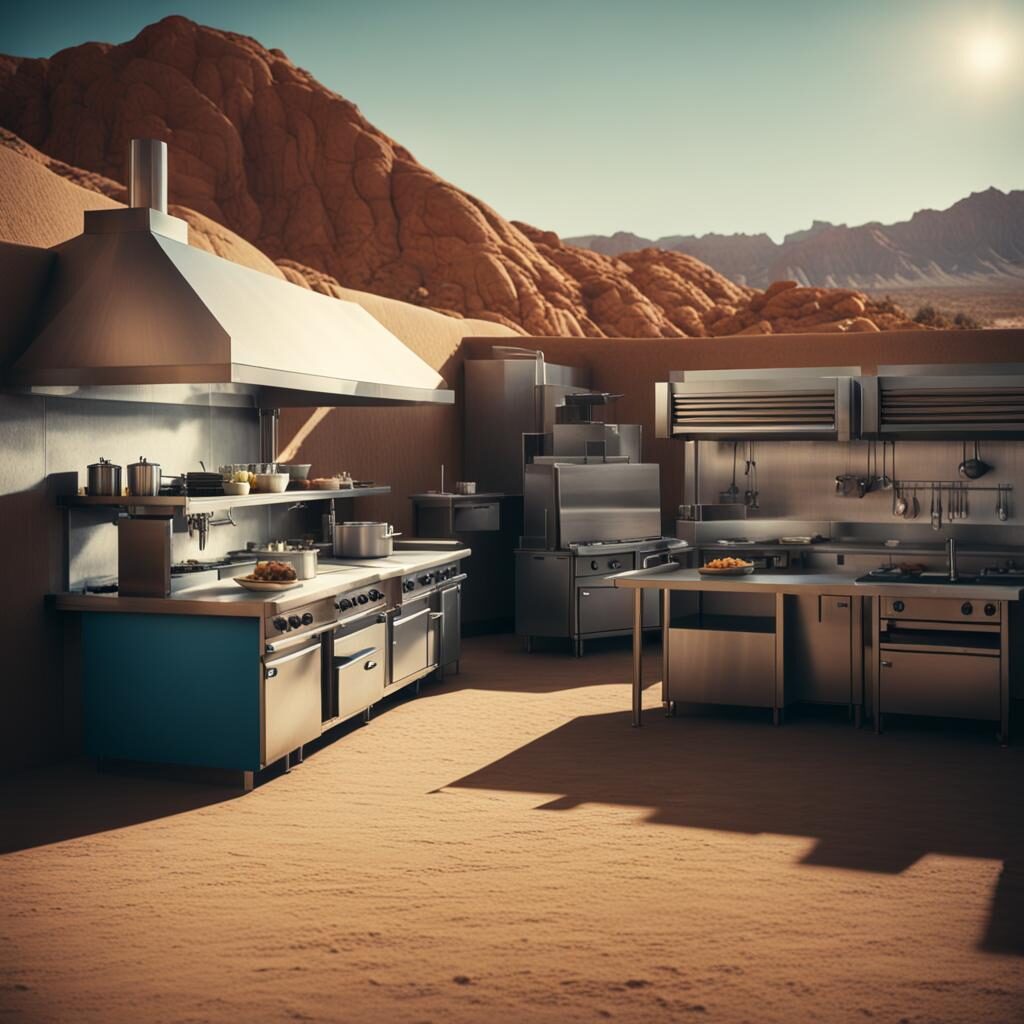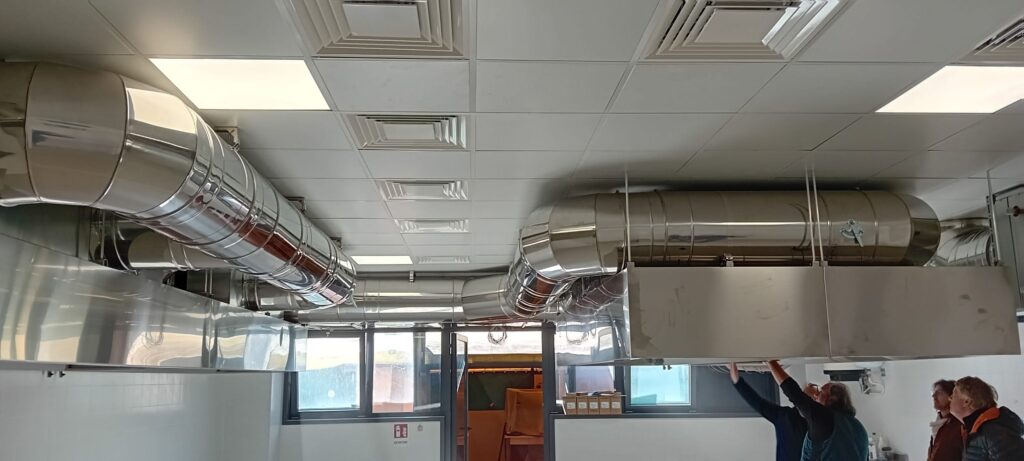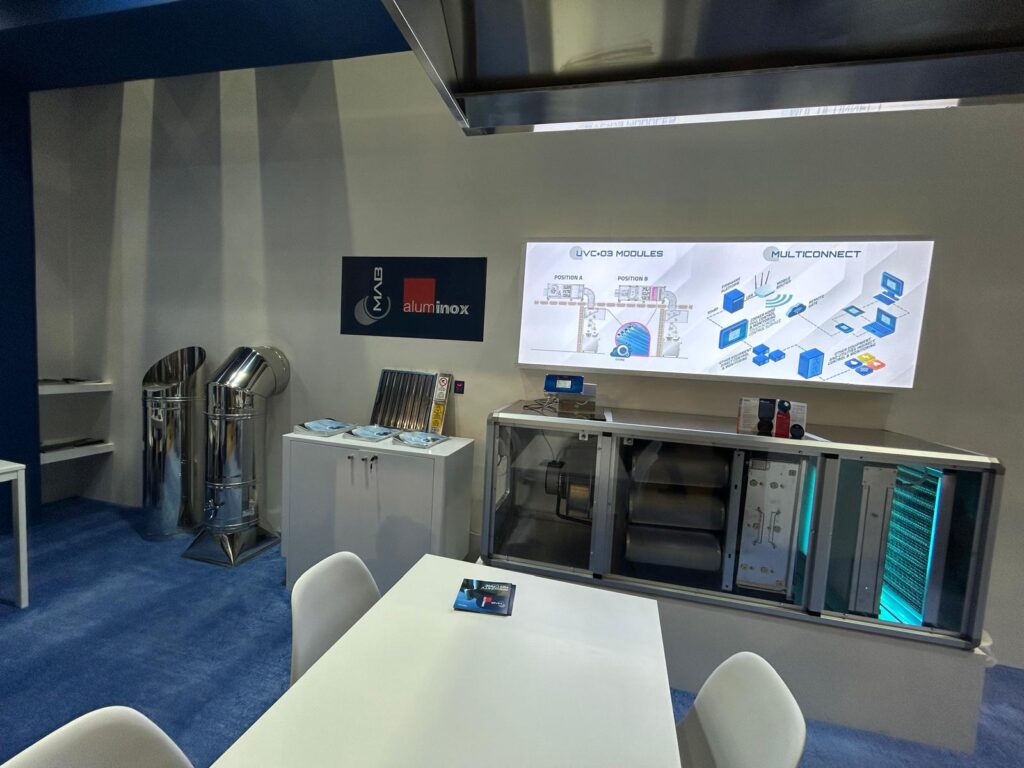There are many parameters to take into account when you want to calculate the hood’s capture efficiency in the professional catering sector: kitchen surface, size of the filters, shape of the hood, etc…
However, there is one parameter that has only recently begun to be taken into account.
And it has a rather romantic name if you will: the thermal plume.
A plume is a substance that moves from a source into its surroundings.
A thermal plume usually defines a substance that, due to its high temperature, moves upwards until it loses the excess temperature and dissipates into the surrounding atmosphere.
Well, now it will be clear what is called in English the cooking thermal plume: the part of contaminated air which, through a natural convective motion, rises from the cooking area cooking and is released into the environment.
For some years now, various scientific studies have called for taking into account the thermal plume to calculate the correct flow rate of the extractor hood.
But how’s this calculated?
Well, by the temperature, the speed of ascension and the concentration of pollutants (such as fats and oils). In short: by the type of cooking.
The types of cooking are normally categorized into light, medium, heavy and extra heavy-duty. Depending on the various regulations or standard rules, said categories are classified based on the temperatures reached (from approximately 200°C to 370°C), or on the type of machinery used (for example: the pasta cooker is normally considered a “light” machinery “, the fryer is medium or heavy).
So, the point is: yes, take surfaces and distances into account when installing a hood. But above all what’s underneath!
I almost forgot: for a top-quality hood, give us at Aluminox a shout!

 Italiano
Italiano

